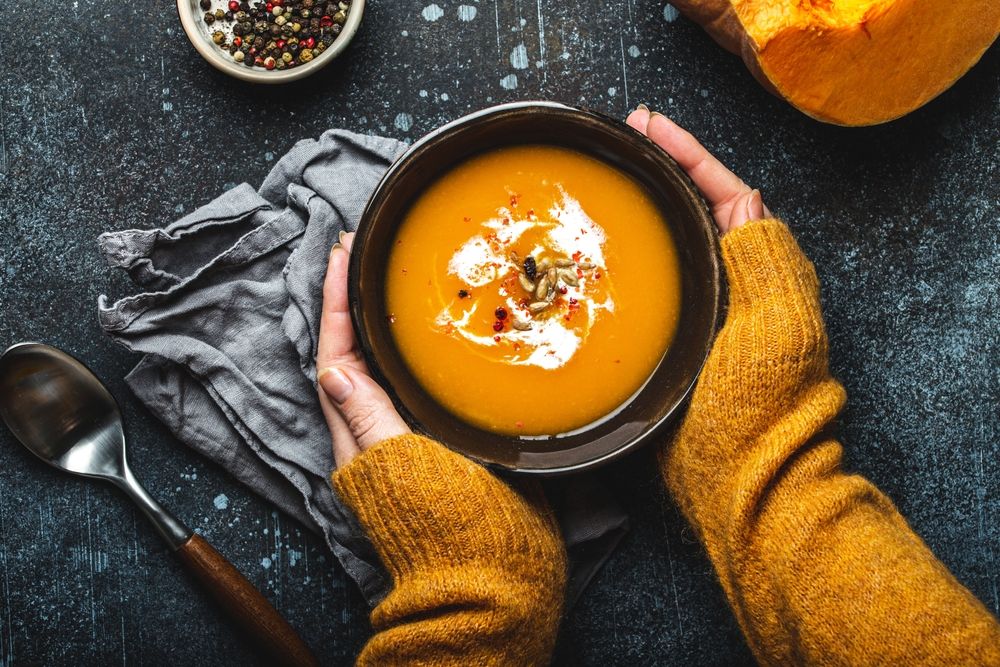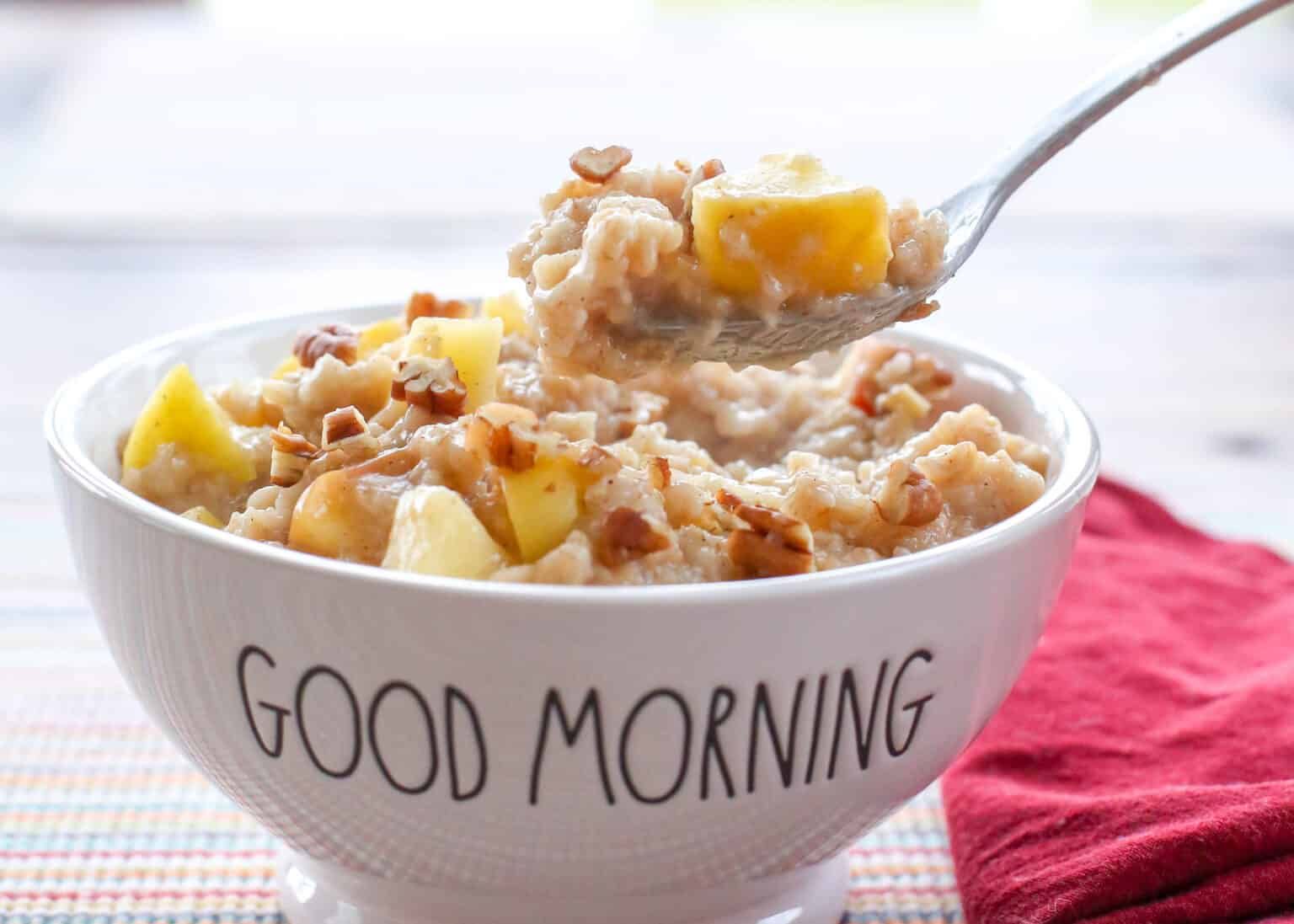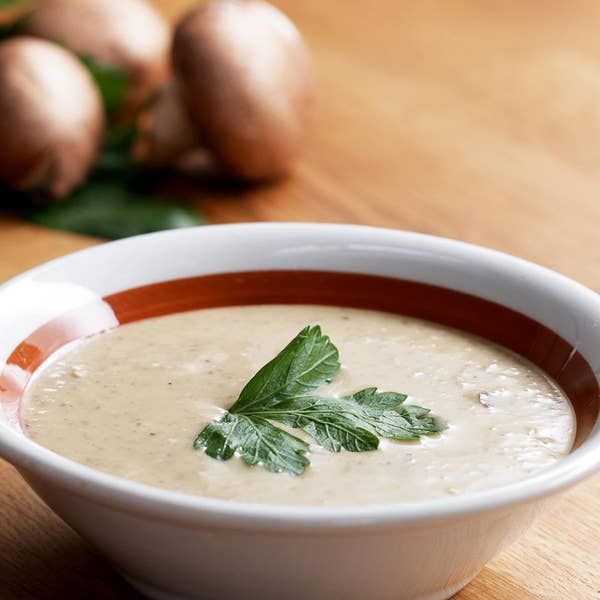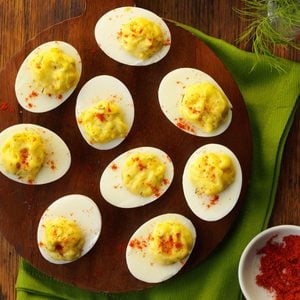My Elderly Mother is Consuming My Life
Every mother gets to that age when physical needs become too much alone. When that happens to mom, it may be time to consider better care. People can opt for health professional options like ...

Eating is one of the joys of life, but aging can make it challenging. You’re not alone if eating your favorite foods is tough due to swallowing difficulties. More than 20% of people over 501 and most people over 802 have problems swallowing.
When the nerves and muscles involved in swallowing are not working correctly, it results in swallowing difficulties, a medical symptom known as dysphagia. It can negatively impact your health since it can cause dehydration, malnutrition, aspiration pneumonia, and, ultimately, decreased quality of life.
Unfortunately, many conditions, including stroke, Parkinson’s disease, cancer, dementia, and dental issues, such as poorly fitting dentures and missing teeth, can lead to dysphagia. Therefore, older adults with health issues often struggle with swallowing difficulties.
The good news is you don’t have to give up your love of food. Adding soft foods to your diet can help you cope with swallowing difficulties while providing the nutrition you need to stay healthy.
In this article, we’ll discuss the importance of soft foods for seniors with swallowing issues. We will also give you food ideas and recipes to allow you to enjoy eating again and stay healthy as you age.
What are soft foods? Soft foods for the elderly are a dietary modification your doctor may recommend if you find swallowing difficult. They are easy to chew and swallow. They don’t irritate your throat or esophagus and are easy to digest.
Soft foods are naturally soft. You can also cook, mash, puree, or blend foods to make them softer and easier to eat. Your doctor may recommend soft foods if you have difficulty swallowing or chewing to help you get the nutrition you need to stay healthy.
Various other types of dietary modifications are available depending on your chewing and swallowing issues, including:



Swallowing issues affect your ability to eat and drink normally. As previously mentioned, you may have a medical condition that makes it difficult to swallow, for example, stroke, Parkinson’s disease, cancer, dementia, and dental issues, such as poorly fitting dentures or missing teeth.
Dysphagia can negatively impact your health. It can cause dehydration, malnutrition, aspiration pneumonia, and decreased quality of life.
Soft foods for seniors with swallowing issues can improve health and well-being because there is less risk of choking and pulling (aspirating) this type of food into your lungs.
Soft foods also help minimize pain or discomfort that occurs with eating, which helps to provide adequate nutrition.
Dental concerns are another common issue that can affect your ability to eat and drink normally. They can also cause pain, inflammation, and infection of your teeth and mouth.
Examples of dental concerns4 that can lead to difficulty chewing and swallowing include:
Soft foods for older people with no teeth are beneficial because they require less chewing, are easy to swallow, and cause no damage or pain to your gums or mouth.
Soft foods also help to maintain oral health and overall health and well-being by providing adequate nutrition and hydration, which keeps your immune system healthy and reduces your risk of infection.
Soft foods are typically easier to digest6 and are more nutrient-dense5 than harder foods. This makes soft foods an ideal option if you have swallowing issues or digestive health concerns such as constipation, acid reflux, or gastritis.
Here are some examples of delicious and nutritious soft food options that are easy to chew and swallow and provide you with optimal nutrition:
Below is a curated list of soft foods for elderly recipes that are tasty and nutritious.

Ingredients:
Instructions:

Ingredients:
Instructions:

Ingredients:
Instructions:
Addressing Flavor: Keeping Soft Foods Exciting for Older Adults
One of the challenges of eating soft foods is that they may seem bland. However, you can make simple changes to soft foods to improve their flavor and texture, making them more appealing. Below, we show you some ways to do this.
Herbs, spices, and safe condiments are delicious and an easy way to add flavor to your soft food. They also provide you with health benefits,7 including:
Safe condiments include yogurt, cheese, honey, maple syrup, sour cream, and mild sauces.
Another way to make soft food delicious and keep it interesting is to create texture combinations and contrasts. Texture combinations include multiple textures within a dish, such as moist and soft. Texture contrasts have different textures, such as soft and chewy, within the same dish.
Being creative in the kitchen by playing with different textures can help keep your food interesting.
If you have chewing or swallowing issues, your doctor may recommend soft foods to ensure you get proper nutrition. Soft foods may seem boring, but they can be varied, delicious, and nutritious with a little creativity. Using herbs, spices, and safe condiments can help improve flavors, and incorporating different textures can help to keep your food interesting.
If you or a loved one have swallowing difficulties, you can prepare various soft foods to suit your dietary needs and preferences and explore the world of soft foods to ensure optimal nutrition and enjoyment.



Unlock expert insights and tips with our exclusive ebook. Enter your email to get your free copy.
Please check your email for a welcome message from Modern60. If it's not in your inbox, kindly check your spam or junk folder
Nice post. I learn something totally new on Soft Foods For Elderly, thanks
Thank you for the free sample! I appreciate it greatly, I hope you’re doing well!